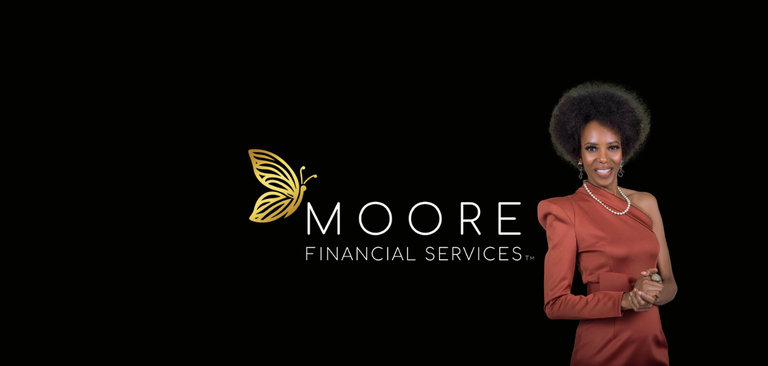
How to Run a Brainstorming Session For A Collaborative Workspace
Offices of City Central brings you creative brainstorming session ideas that will remove the roadblocks, encourage participation, and foster creativity at the workspace.
Open space and coworking go hand to hand, and this means collaborating with creative minds. New ideas and innovation can set you a world apart from your competitors. However, achieving productive brainstorming sessions can be difficult to achieve without structure and guidance. Know how to run a brainstorming session effectively in a coworking space with the following tried and tested exercises.
Benefits Of Brainstorming Activities
Fresh Ideas
Brainstorming allows for ideas to come up from anyone. It encourages new people to speak up and add a fresh perspective to the room. Every idea does not need to be amazing, but they all add value and improvement.
Idea Building
Not every idea needs to be an independent solution to the problem from start to finish. Piecemealing is just as effective. A partial solution from someone can kick off a whole barrage of ideas from others on how to build upon the primary building block.
Breaks Routine
One of the biggest advantages of brainstorming is that it gives people a platform to think differently and get out of the rut of their regular work.
Idea Listing
Every session brings up a list of ideas that can be effectively implemented in future projects. These ideas need to be listed and archived.
Teamwork
A coworking space cannot thrive without a collaborative atmosphere. Brainstorming sessions unites the team and lets them work as a group instead of individuals.
Effective Team Brainstorming Techniques
Each brainstorming activity structures the discussion and brings out different results. The type of technique you choose depends on what you need from your team working sessions.
Quiet Brainstorming
The benefit of quiet brainstorming is that you get quieter people to participate. It gives everyone a chance to think on their own without new ideas being thrown all around them.
Brain Writing
This exercise lets participants note down their rough ideas that solve a problem. Then each piece of paper is passed down to the next person, who reads it and adds their own ideas to the page. Everyone adds their ideas, and then the activity concludes. It lets creativity in the workplace grow because everyone gets a chance to participate and contribute.
Brain-netting
Brainstorming exercises for groups are always better when more people participate in the exercise, but that excludes people who are in a different location or offshore. Brain-netting is digitally connecting folks to ensure everyone can participate and give feedback on the projects. This is the best way to get more voices to participate and add inclusive solutions.
Analytic Brainstorming
The focus of this type of brainstorming is problem-solving. It banks on the skills you have already built and generates ideas built on them.
Mind Mapping
If you are thinking about how to enhance team creativity, you need to try mind mapping. Note down the problem you are trying to solve and expand the problem. Write down terms to describe what will solve your problem.
For example, if your problem is a low click-to-buy ratio, then your terms might be, ‘problem with checkout,’ ‘bug fixing,’ ‘more payment options,’ etc.
Expand on these terms and create ideas until you have actionable points.
SWOT Analysis
This is not a classic brainstorming template and used more for businesses. The strengths, weaknesses, opportunities, and threats can still work on your problems. It helps organize your idea and identify improvements that are needed.
Starbursting
The purpose of brainstorming with the starbursting method is to ask all the questions you can about the problem or agenda. Start listing questions and break down the problem into what, who, where, when, etc. The benefit of this style is that you can answer all the aspects of the project before you execute it. This is a good way to come up with any shortcomings in your project.
Word Banking
Write down all the words to describe your plans of themes. After this, connect the dots between the words you created for the project and craft ideas from them.
S.C.A.M.P.E.R.
The brainstorming steps involve the following –
- Substitute – What happens if you change x with y?
- Combine – What happens if you combine x and y?
- Adapt – How can you change the project for a different scenario?
- Modify – How to change the project to add value?
- Eliminate – What can be cut to simplify the project?
- Reverse – How to reorganize the project to make it effective?
Roleplay Brainstorming
Roleplay brainstorming forces people to put on different shoes and think from others.
Figure Storming
This involves thinking like a different person to add a different point of view. A team leader can be encouraged to think for a manager. These fresh ideas can improve repetitive projects. When in doubt, ask yourself, what would ‘this person’ do? And then try to resolve problems from their position of power. This liberates your ideas and gives you more agency of free-thinking.
Role Storming
Your participants need to role play as a different person, maybe a client or a stakeholder. Let participants speak from the point of this other person and say why they are unhappy and what would make them feel better about your proposed solution.
Brainstorming With Support
Round Robin Brainstorming
In this method, everyone must share at least one idea. Let everyone share before you give feedback on the ideas. This gets the introverts and shy people to talk while chattier people get equal time and don’t hijack the session.
Rapid Ideation
This is a very successful session idea when you are trying to get some revelations on your project. Ask every participant in the room to write down as many ideas as they can within a fixed time. Then ask everyone to share their ideas and note down their responses.
Step Ladder Brainstorming
Share the agenda of the session with everyone in the room, then ask everyone but two people to leave. Let these two people generate some new ideas. Then let people in one by one. Let the first group describe their ideas to the new person entering the room. Ask the new person to share their ideas. This way, you build upon an idea, and everyone gets a chance to share their perspective.
Tips For Running Effective Team Brainstorming Sessions
Allow People To Prep
Give people a heads up and let them know the agenda of the session. This gives them a chance to be prepared, have some time to think of new ideas. So, when they contribute, they can contribute much more effectively.
Set A Clear Intention
Make your goals for the exercise clear. This is why it is crucial to tell people what method of brainstorming you will follow. SWOT analysis will go very differently than starbursting. Communicate your goals and your employees will have an easier time synergizing with the meeting.
Invite New People
Include everyone relevant to the discussion. This means including a fresh perspective. Add experienced people and add people who are fresh out of the college. You get a lot of different views on solving the same problem.
Foster A Supportive Environment
Encourage people who ask questions and share ideas. Not all of them have to be winners because that is an impossible expectation to keep from people. Positive reactions to even mediocre ideas will give people the encouragement to keep thinking and foster healthy competition.
Are Brainstorming Sessions Necessary?
What is the main purpose of brainstorming? You need to find the answer to this question from the beginning. What problems you are trying to solve defines what kind of session is ideal.
Brainstorming sessions are absolutely essential for a company, especially when it is in the growth phase. It’s a very quick way to get some fresh perspective and a lot of ideas and should be a regular feature of the workplace.



